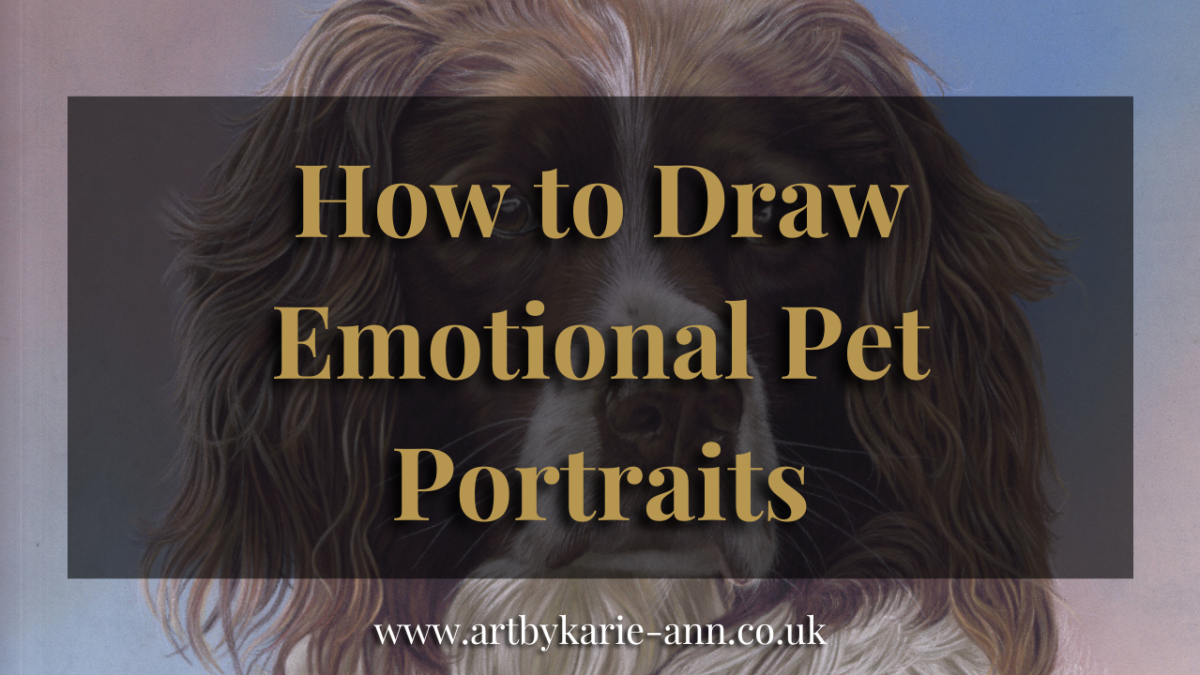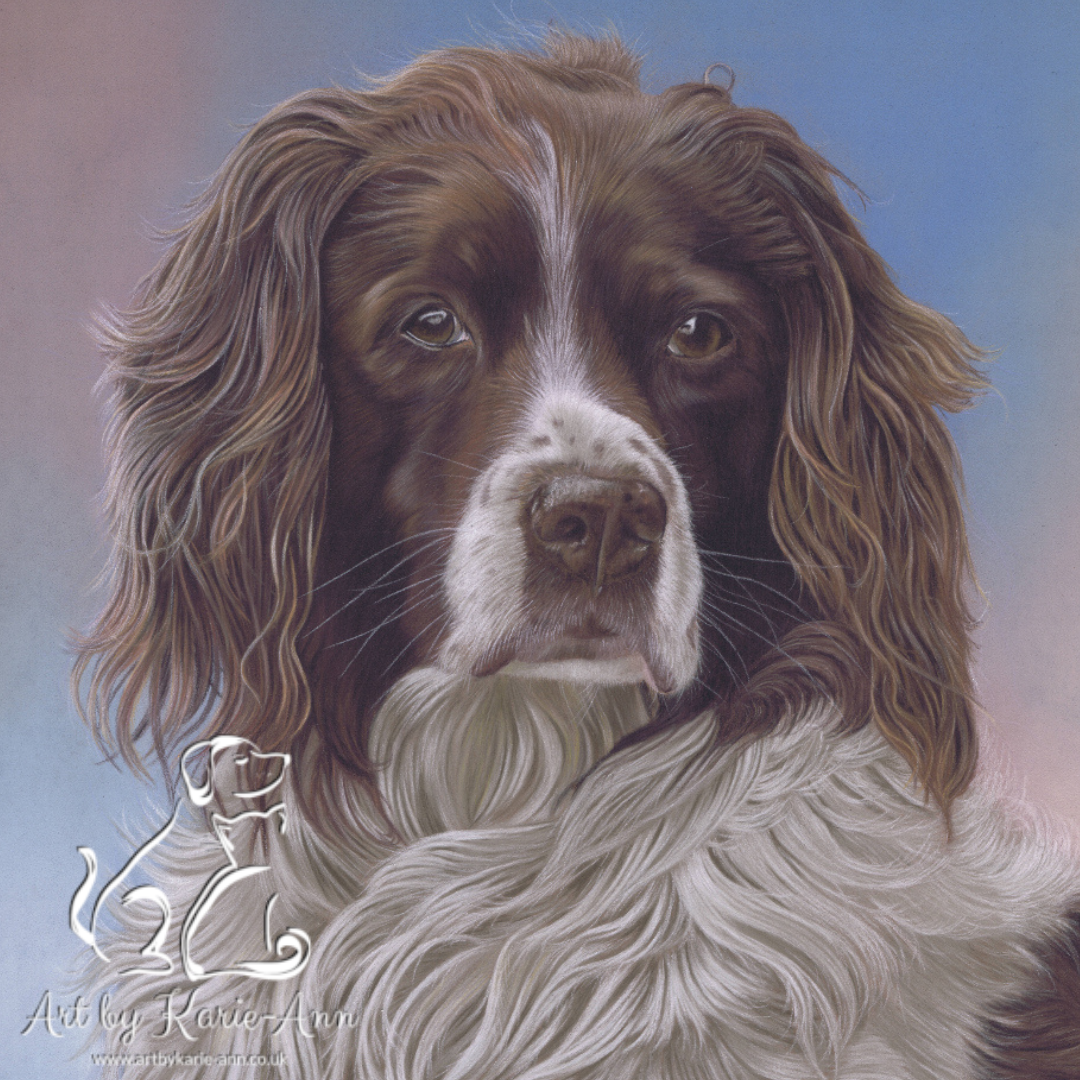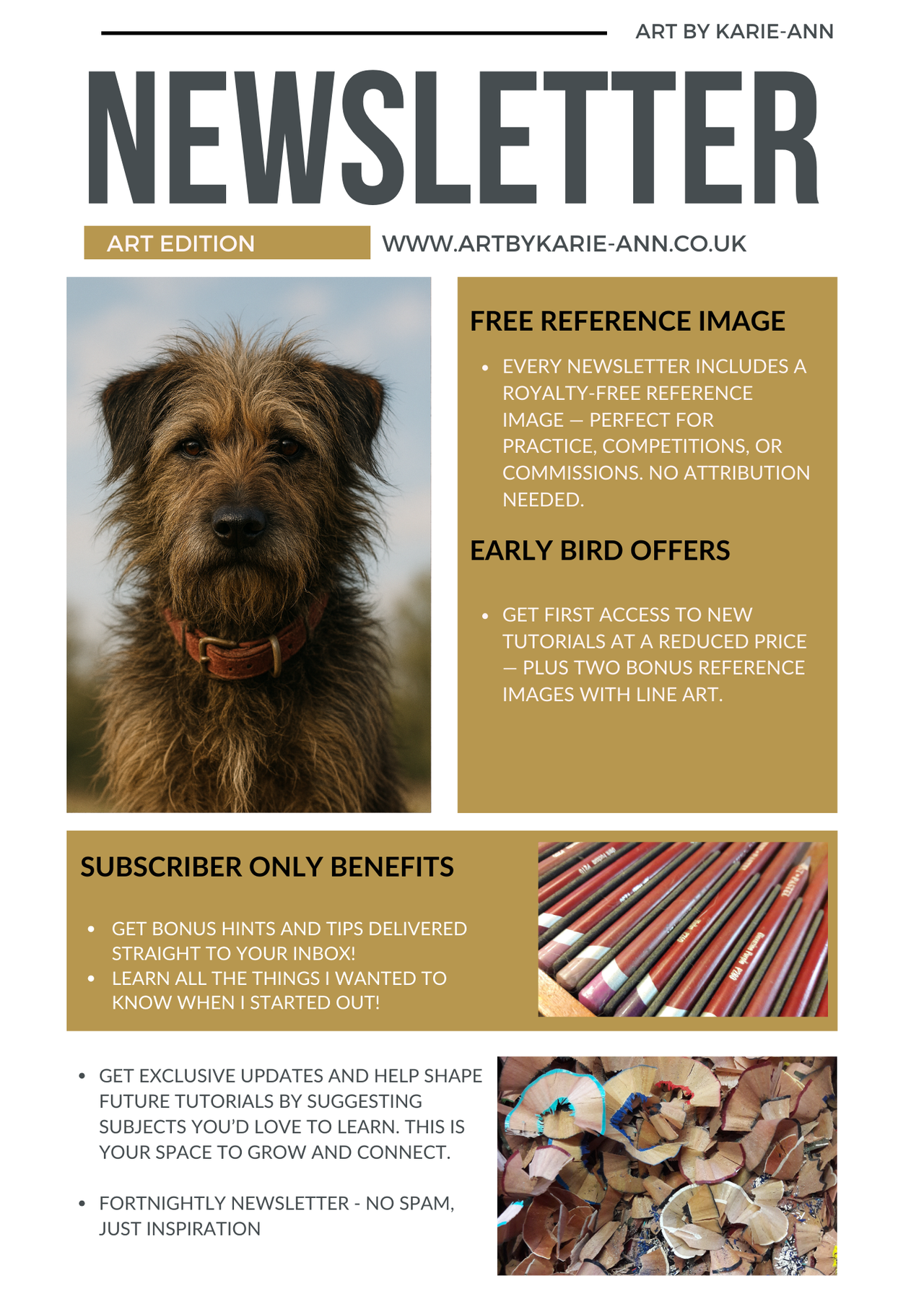Artist Blog
How to Draw Emotional Pet Portraits with Pastel Pencils: Tips for Realistic Dog Art

Learn how to draw realistic, emotionally rich pet portraits using pastel pencils—perfect for artists who want connection over perfection.
How to Draw Emotional Pet Portraits with Pastel Pencils
If you’ve ever drawn a pet portrait and felt something was missing—despite getting the proportions right—you’re not alone. Many artists chase realism, but what truly captivates viewers is emotional connection. Whether you’re working on a pastel pencil dog portrait or sketching a beloved cat, the key is to go beyond accuracy and focus on feeling.
In this post, I’ll share how I approach emotional storytelling in my pet portraits, why it matters more than perfection, and how you can apply these techniques in your own work.
🎯 Why Emotion Matters in Pet Portraits
Pet portrait artists often start by mastering anatomy, fur texture, and colour layering. These are important—but they’re not what makes a portrait unforgettable. What people respond to is character. A slightly off ear won’t ruin a drawing. But a lifeless gaze? That disconnects your viewer instantly.
I once drew a Liver and white Springer Spaniel for my dad. He used to sit on the top step of the garden, watching the world go by down the alleyway. That quiet, watchful pose was his signature. The reference photo wasn’t perfect—some shadows were harsh, and the fur detail was blurry. But I focused on his gaze. That soft, alert look he gave the world. When my dad saw the finished piece, he said, “That’s exactly what he used to do.” That moment reminded me: emotion trumps technical perfection every time.

👁️ What Makes a Pet Portrait Feel Alive
To draw realistic dogs and cats that feel emotionally resonant, I focus on:
- Eyes first: They’re the emotional anchor. I spend more time here than anywhere else.
- Soft transitions: Around the muzzle, ears, and neck—these areas carry tenderness.
- Colour choices: Warm tones evoke loyalty and comfort; cooler tones suggest alertness or mystery.
- Body language cues: Even in a head-and-shoulders portrait, the tilt of the head or tension in the brow tells a story.
These elements help your viewer connect with the subject—not just admire the technique.
🧠 How to Prioritize Emotion Over Perfection
Here are five practical tips to help you shift your focus from flawless detail to emotional storytelling:
- Choose reference photos that spark a feeling, not just ones that are high-resolution.
- Start with the eyes—build the emotional core before layering fur.
- Narrate your decisions aloud while drawing. It helps you stay connected to the story.
- Use intuitive tools like Sofft sponges or makeup brushes for soft blending.
- Let go of realism as the goal. Aim for emotional truth instead.
These techniques apply whether you’re drawing a German Shepherd, a Border Collie, or a rescue mutt with soulful eyes.
🎓 How I Teach Emotional Pet Portraits
As I begin building my pastel pencil tutorial series, this philosophy is at the heart of everything. My goal is to help artists of all levels create pet portraits that feel alive—not just accurate.
Each tutorial will include:
- Step-by-step guidance for sketching and layering fur
- Downloadable colour charts
- Tool substitution tips for accessibility
- Narration that explains why each decision matters
Whether you’re drawing a Yellow Labrador or a Liver Cocker Spaniel, you’ll learn how to build emotional depth through every pencil stroke.
🐾 Realistic Dog Drawing Tip: Focus on the Gaze
If you’re working on a realistic dog drawing and struggling to make it feel “finished,” revisit the eyes. Are they flat or reflective? Do they show curiosity, loyalty, or calmness? That’s where the emotional impact lives.
In my own work, I often simplify fur to keep the focus on expression. A well-blended muzzle or softly layered ear can support the story—but the gaze is what holds it together.
💬 Final Thoughts: Connection Builds Confidence
When you focus on emotion, your pet portraits become more than likenesses—they become tributes. You stop worrying about whether the ear is 2mm too high and start asking: Does this feel like them?
That shift builds confidence. It builds loyalty. And it brings joy back into your art.
📣 Explore More
If this approach resonates with you, I invite you to follow along as I build my pastel pencil tutorial series. Each tutorial is designed to help you create emotionally resonant pet portraits using accessible tools and clear guidance.
Categories: : pastel pencils, pet portraits
Want to create stunning pastel portraits without overspending?
Get my FREE Pastel Artist's Toolkit Ebook
Hi, I’m Karie-Ann — a UK-based wildlife and pet portrait artist. I’ve created this toolkit to help fellow artists save money, avoid overwhelm, and feel confident with their pastel materials. Whether you’re just starting or refining your technique, this guide is for you.


 Art by Karie-Ann
Art by Karie-Ann 
